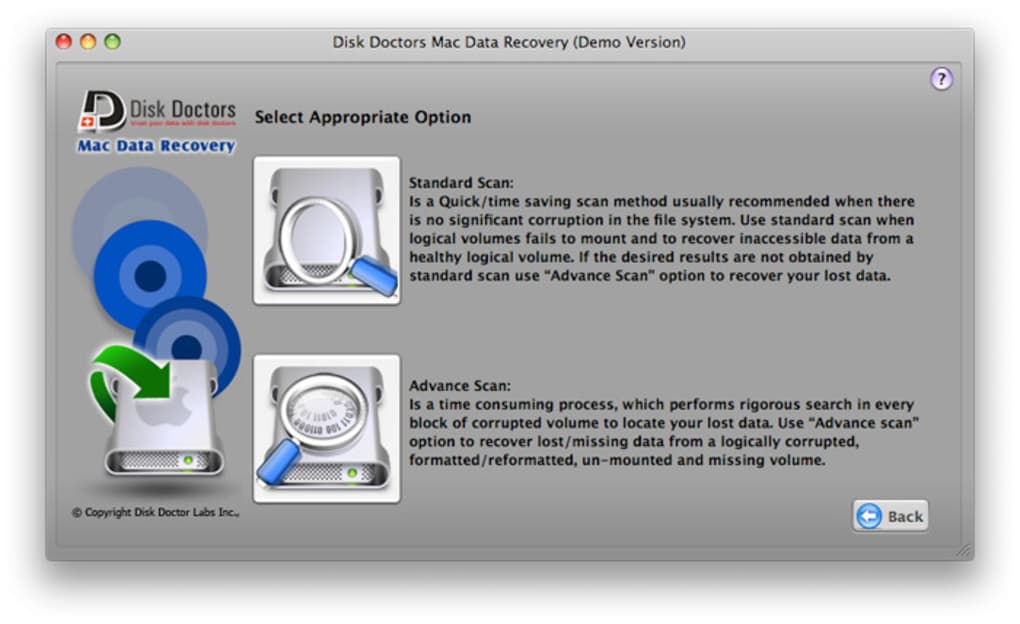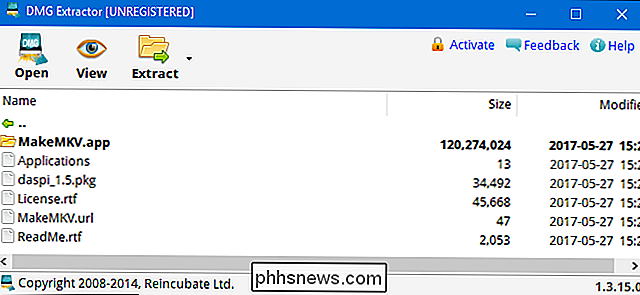Mac Recovery Disk Download
If the Mac is new enough (A1278 covers a range of models spanning a few years), you may be able to use Internet Recovery. Power on the the machine, and i mmediately after hearing the Mac boot chime, hold down Command+Option+R. If it works, it will step you through connecting to wifi if needed, then will download and install the OS.
If you've encountered a problem with macOS, the solution might be to reinstall the system on your Mac. This can be done by any Mac owner, but it can be a little bit complicated. Download acrobat reader mac. You'll need to put your Mac into macOS Recovery, which gives you tools to diagnose problems on your Mac, as well as reinstall the operating system.
May 05, 2015 If the worst happens and your Mac crashes and won’t start, what can you do? Of course you should do Time Machine backups regularly. Unless you do that, you won’t get your machine back exactly as it was if trouble strikes, but it’s worse than that. The recovery disk, a secret partition which. Connect the bootable installer to a compatible Mac. Use Startup Manager or Startup Disk preferences to select the bootable installer as the startup disk, then start up from it. Your Mac will start up to macOS Recovery. Learn about selecting a startup disk, including what to do if your Mac doesn't start up from it. Choose your language, if prompted. What Is an OS X Recovery Disk? The OS X Recovery Disk is a native but hidden recovery volume on your Mac hard drive. This feature can be used to start up your machine and perform emergency maintenance services such as repairing a corrupted drive by running Disk Utility, surf the Internet to assess the problem you might be experiencing or download any necessary updates. Recovery HD: Every Mac running OS X Lion and later has a hidden Recovery HD partition that can be used to boot the computer and repair the hard disk. (To use the Recovery HD partition as your startup disk, hold down Command-R at startup or, if that doesn’t work, option.). Let’s begin our review of free data recovery software for the Mac with the powerful and full-featured Disk Drill application. It is a complete data recovery package that is designed to recover deleted partitions or restore deleted files from your Mac’s internal drives as well as many peripherals including iOS and Android devices.
Here's how to reinstall macOS using Recovery mode.
Entering macOS Recovery

macOS Recovery has tools at its disposal that allow you to diagnose problems with your Mac's hard drive, reinstall macOS, and restore from a Time Machine backup. You can enter Recovery by pressing certain key combinations. The combination you choose will determine which version of macOS will be installed on your system when you select Reinstall macOS.
- Press Command - R to install the latest version of macOS that was installed on your Mac without installing a later version.
- Press Options - Command - R to upgrade to the latest version of macOS that's compatible with your Mac.
- Press Shift - Option - Command - R to install the version of macOS that came with your Mac, or the version closest to it that's still available.
How to check your startup disk with Disk Utility in macOS Recovery mode
The first thing you'll want to do is make sure your Mac's startup disk is healthy. You'll need to use Disk Utility to do that.
- Click Disk Utility when in macOS Recovery.
- Click Continue.
- Click on your Mac's startup drive in the Disk Utility sidebar. It should be the drive at the top of the sidebar if there are multiple drives.
- Click First Aid.
- Click Run. First Aid will run, checking the health of your Mac's drive. This process could take a little while.
- Click Done.
- Click Disk Utility in the Menu bar.
- Click Quit Disk Utility.
How to erase your startup disk in macOS Recovery mode
If you need to start completely fresh, then you'll want to erase your startup disk using Disk Utility. If you want the content on your Mac to stay intact, skip to the next section.
However, you won’t be able to do anything with the contents as they will not work in Windows. Now you have an ISO, you can mount it within a VM and attempt to load a MAC OS virtual machine. You should be able to see what the file contains and check file sizes and properties. 
- Click on your startup disk in the Disk Utility sidebar.
- Click Erase.
- Click the Format drop-down menu.
- Click on the format you want to use for your drive. If you're running macOS High Sierra on a Mac with an SSD, your choices will be some form of APFS.
- Click Erase. Your drive will proceed to be erased.
How to reinstall macOS while in Recovery mode
The next step is to reinstall macOS.
- Click Reinstall macOS.
- Click Continue.
- Click Continue.
- Click Agree.
- Click Agree.
- Click on the drive on which you wish to install macOS.
- Enter your Apple ID and password if you're asked to, though you might not be.
- Click Install.
Your Mac will now go through the normal macOS installation process, eventually restarting. If you're starting from scratch, you'll need to set up your Mac from scratch.
Mac Os X Recovery Disk Assistant Download
Questions?
If you have any more questions about reinstalling macOS on your Mac, let us know in the comments.
macOS Catalina
Main
Apple ArcadeSTELA for Apple Arcade is a shallow, sadistic, totally fun game
Apple Mac Recovery Disk
Can you outrun killer dark shadows? Take leaps of faith into the unknown? Traverse a world where nothing is what it seems? STELA will test your mettle.